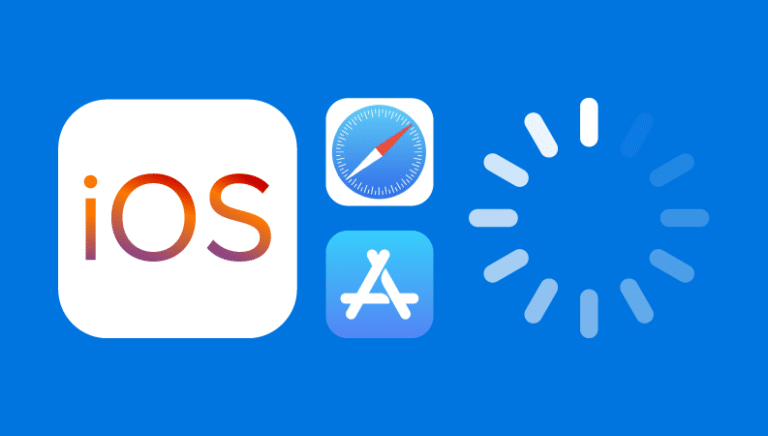What is App Tracking Transparency?
Apple’s App Tracking Transparency (ATT) is a user privacy framework that compels iOS apps to obtain permission from iPhone users before tracking their activity across other platforms and websites. The goal of ATT is to keep customer data private and check its unauthorized access by companies seeking to make a profit.
ATT was introduced with Apple’s iOS 14.5 release as part of its broader efforts to protect user privacy and limit how much user data companies can use to track users. The App Tracking Transparency framework powers the modal (also known as the ATT Prompt) that prompts the user via pop-up to make a selection regarding their tracking preferences. Without explicit permission from the user, the Identifier for Advertisers (IDFA) will not be made available to app developers or marketers, blocking their ability to track the user or Apple device.
The ATT prompt has three components, although some apps include a pre-prompt to prepare the user for the official ATT prompt.
- Standard text: “Allow [AppName] to track your activity across other companies’ apps and websites?”
- Customized text from the app developer indicating the reason for collecting this data
- Two options: “Ask App Not to Track” and “Allow”
According to Apple, tracking refers to the act of linking user or device data collected from an app with user or device data collected from other companies’ apps, websites, or offline properties for targeted advertising or advertising measurement purposes.
Implications for marketers and app developers
Apple’s introduction of its ATT framework has significant ramifications for marketers and mobile app developers alike, leading many to completely rethink their approaches to measurement and attribution.
Data collection challenges
ATT has impacted marketers’ ability to collect and utilize user data for marketing and advertising purposes, creating a complex data landscape.
For opted-in app users, those who grant permission to track their activity, marketers can still access valuable, granular data. This data enables them to personalize experiences, measure the effectiveness of their ad campaigns, and gain insights into user behavior.
On the other hand, non-opted-in app users, those who choose to deny tracking permission, pose a challenge. In this scenario, marketers must to rely on aggregated data and alternative strategies to understand user preferences and behaviors. Plus, marketers are tasked with reconciling both data sets to gain a holistic view of their userbase. This requires dedicated tools that can differentiate between opted-in and non-opted-in users and ensure that marketing efforts are both effective and privacy-compliant.
User privacy prioritization
The introduction of ATT put user privacy at center stage in the world of mobile marketing and app development. As a result, marketers and developers are more focused than ever on transparency and consent in their data collection practices. To obtain user permission, apps now need to convince their users of the benefits of data sharing — like better user experiences and personalization —- and clearly communicate how their data will be used or shared.
























